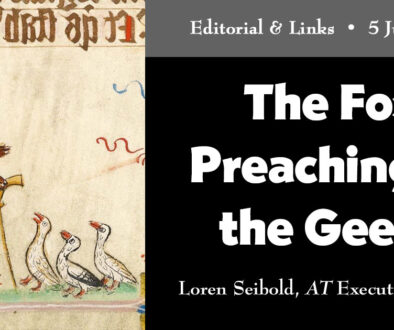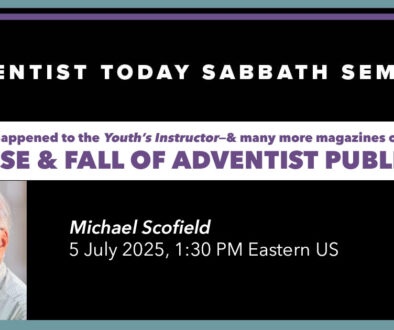Long Night’s Light
Debbonnaire Kovacs, Dec. 31, 2014 It is evening, and dark, on or near winter solstice, the longest night of the year. As you enter the quiet chapel the atmosphere is one of peace, candlelight, and gentle music. Some people are dressed in sweats and sitting with downcast eyes, often isolated near the back and sides of the room. Others are in small groups of family or friends. A few clutch tissues from the boxes in every pew. Before the evening ends there will be many tears and the boxes will be depleted. No worries; there are more.
The pews are arranged to create an open square near the front. The center of this square holds a table with lit candles, an unlit Advent wreath, and a pottery tray bearing two large pottery goblets and a loaf of bread. There are also trays of unlit votive candles and a candle lighter. Drapings here and at the altar are dark blue. An open Bible at the front is flanked by white poinsettias and more candles. Above it hangs a handmade tapestry of the cross surrounded by an array of brilliant colors. It’s to remind us of both the darkness and the beauty that bring us all here.
The service begins with a welcome whose most observable feature is kindness. The pastor reassures us (as he has during all announcements leading up to this annual event) that this is not a time where we are expected to dress up, wear perky Christmas bows and sing carols, or in any way celebrate. “There will be singing,” he often says, “but you don’t have to sing. There will be prayers, but you don’t have to pray. You will be offered the opportunity to partake of communion, to light candles, and to receive a special blessing. You may participate in any, all, or none of these. This service is for you.”
It’s the Long Night Service at Church of Christ, Union, in Berea, Kentucky. It’s created especially for those who are feeling overwhelmed, anxious, or sorrowful, whether due to losses through death or divorce, or any other stresses, pains, and difficulties.
During the darkest, coldest days of the year, human beings feel a deep inner longing for the light to come back. Quite aside from physical health issues such as Vitamin D deprivation, low serotonin production, etc., depression and other challenges to mental health may arise in force. In the northern hemisphere, this time coincides with the season of Christmas and other winter holidays, which makes it particularly easy for those who are not feeling merry to feel left out or isolated, or to fear that their feelings are not heard, understood, or important; however, in any winter season anywhere it would be a good time to reassure those in low spirits that God is with us, always, and it’s okay to cry.
At Union Church, the service is perhaps 30-45 minutes long and includes Bible and poetry readings, music, silence, and the lighting of the Advent wreath, first the four candles representing hope, peace, joy, and love, and then the Christ candle, which represents the presence of Emmanuel, the true light bringer. After about 20 minutes, those gathered are invited to get up if they wish, and do one or more of three things.
They may go to the table and light a votive candle for themselves or someone else.
They may take communion. Someone will be standing by the communion elements to say something like, “The body of Christ,” or “Bread for the journey,” and “The blood of the new covenant.” Communion is taken by intinction, which means taking a piece of bread, dipping it in the cup and then eating it.
They may also go forward to a cushioned kneeling bench where they may stand or kneel to receive a special blessing. A pastor will place hands on their head and pray, “The Spirit of the Living God, present with us now, enter you body, mind, and spirit, and heal you from all that harms you.”
Union Church’s Long Night service is not particularly different from those of many other churches and denominations. It is possible that some Adventist churches present something like this, though I have never experienced it. I was asked to write about this event, whose Adventist connection is myself, because it is something that many find to be of great value and that our churches could easily do. We could create our own service, full of light and gentleness and healing, redolent with the presence of the Holy Spirit. We could do it during the long nights in whatever place we live.
Speaking for myself alone, I would not miss the Long Night Service. Having been raised in a way that made it very suspect to kneel before someone else because you might be kneeling to that person, I find it particularly moving to kneel and receive the blessing. I know, and so does the pastor, that I am in no way kneeling to him. He is, as he is called by God to do, passing on the blessing of Christ to me. I can’t describe how much this helps me.
For several years, I was mourning the long, slow death of my beloved mate. Then I was mourning his death. Then I was mourning my mother’s death. Simultaneously, I’ve grieved my own inner needs and losses. This year I was grieving the loss of my father. It’s normal—here, that is. It’s an expected part of life on this planet. It hurts. We can’t remind ourselves and each other enough, both that God is “present with us here” and wants to “heal us of all that harms us” and that he’s coming back, bringing everlasting light with him. It helps us hold on. And in the meantime, we hold on to each other, and we carry our tiny candles, and we feel our way through the dark.



